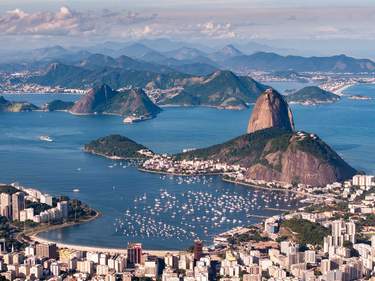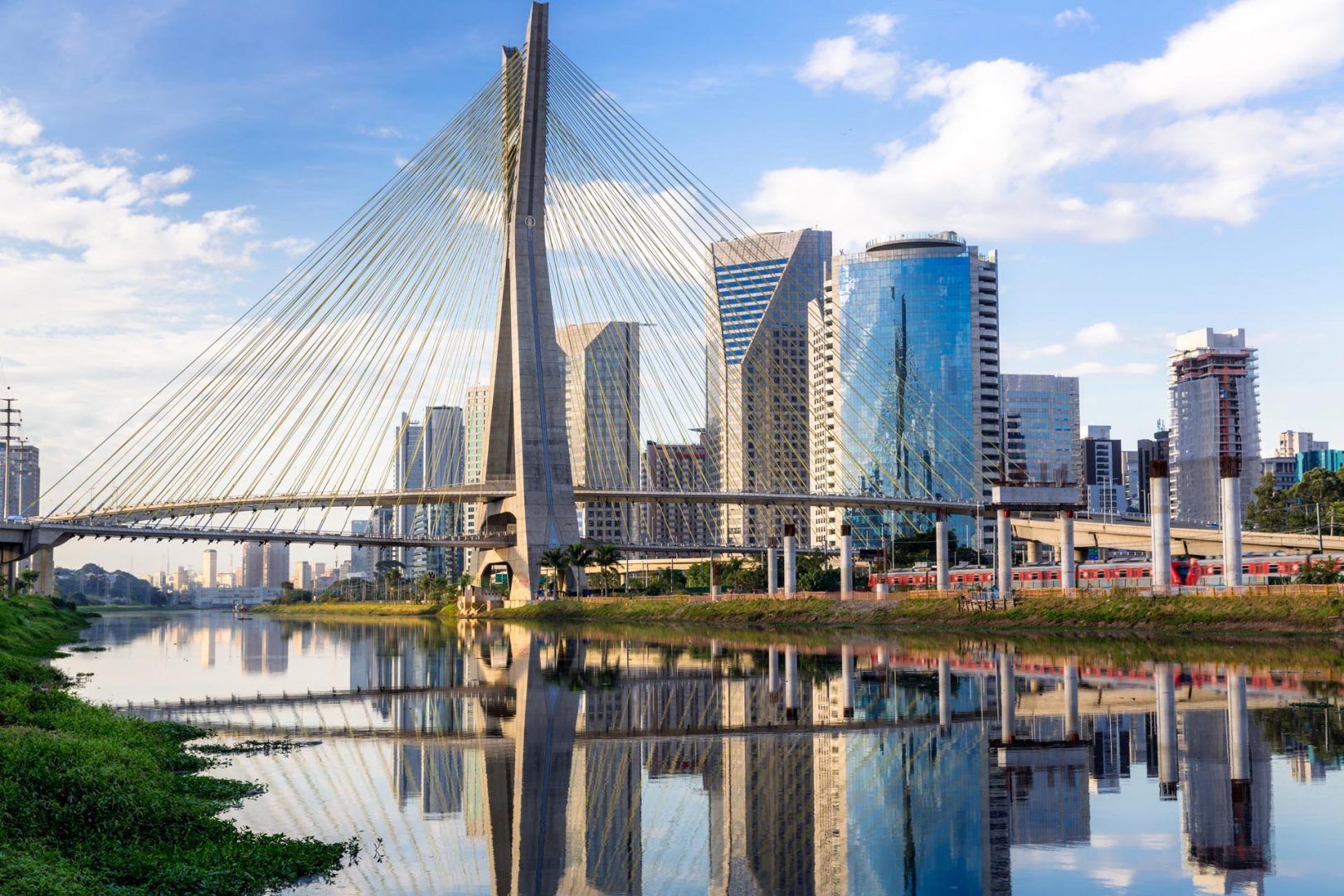18. Take a boat trip down the Amazon
Take a slow boat along the Amazon for close-up views of the mighty river and its wildlife. In Amazônia, rivers have been the main highways for centuries, and the Amazon itself is navigable to ocean-going ships as far west as Iquitos in Peru, nearly 3000km upstream from Belém. In all the large riverside cities of the Amazon – notably Belém, Manaus and Santarém – there are hidroviárias, ferry terminals for waterborne bus services.
Amazon river travel is slow and can be tough going, but it’s a fascinating experience. On bigger boats, there are several classes; in general, it’s better to avoid cabinet, where you swelter in a cabin, and choose primeiro (first class) instead, of sleeping in a hammock on deck. Segundo (second class) is usually hammock space in the lower deck or engine room.
Embark on an extraordinary journey on the exclusive Pure Wilderness - Northern Pantanal and Amazonia itinerary, designed to capture the quintessential Amazonian experience. Experience the unrivalled beauty of these natural wonders for a truly unforgettable adventure.














































